As word spread across news and broadcasting outlets, social media and many a family groupchat that London has been crowned the "world's most congested city" for 2022, it is entirely predictable that fingers have been pointed at cycling infrastructure and active travel schemes.
So, while the tweeters and radio ranters got stuck in — lawyer Nick 'Mr Loophole' Freeman and TalkTV's Mike Graham suggesting "pursuing a green agenda" was involved in circumstances that mean the city's traffic has "never been worse" — we decided to take a deep dive into the data to see where the most congested UK roads are to assess if cycle lanes are the problem...
First things first it seems appropriate to point out London was the most congested city of the locations INRIX has data for and includes in its Global Traffic Scorecard report.
So, when you see headlines such as those above, just remember that while compiled by a world leader in mobility analytics and connected car services, the report does not include data from much of Asia, Africa and South America, including countries such as India, China, Japan, South Korea and Russia.
[Credit: INRIX]
With that said the data for the UK is extensive and offers city breakdowns, average speeds, comparisons to pre-Covid, an estimated cost to city and drivers, as well as a table of the most congested routes, which is going to be most useful for our purposes.
[Credit: INRIX]
Of the top five most congested UK road corridors, all were found in London, with a top 10 of most congested routes outside of London also provided, including four from Birmingham, two in Edinburgh and one in Leeds, Bradford, Sheffield and Bristol respectively, giving us 15 of the UK's most congested routes in total.
Of the 15 just one 'A202 eastbound from Neathouse Place to B215 Peckham Hill Street' starting near Vauxhall Bridge and ending in Peckham four miles away had significantly enviable segregated cycling infrastructure (as part of Cycle Superhighway 5), but even that only runs about a quarter of the congested corridor given.
The remainder of the route has bus lanes or a painted cycle lane seen below.
Of the other London routes making up the most congested corridors in the UK, the most congested 'A219 southbound from A304 Fulham Road to A297 Morden Hall Road' up Putney High Street and through Wimbledon does not have any cycling infrastructure, not even a painted lane.
Likewise the 'A406 North Circular Road eastbound from A1 Falloden Way to A110 Bowes Road' below has an all-too-familiar shared-use path running alongside a major dual carriageway, unlikely to be causing extra congestion.
The final two London routes 'A24 southbound from A205 The Avenue to A238 Merton High Street' and 'A205 eastbound from A215 Norwood Road to Ravensbourne Road' have shared-use path options, quite sparse wand-protected cycle lanes and very occasional short sections of segregation.
When we say 'quite sparse', the wands run for the first mile of the latter four-mile-long congested corridor before returning to just white lanes, painting a picture of the majority of the distance of the most congested London routes being unprotected for those on bicycles, leading us to question if infrastructure can seriously be blamed.
Outside of London the picture is even clearer. Of the 10 most congested routes, four have no cycle lanes and three just shared-use paths, often beside a thundering A-road.
Of the three corridors that do have segregated cycle lanes (Sheffield's only for a short stretch of the two-and-a-half-mile-long route), two are in Edinburgh and in the style of the popular pandemic response of adding wands to already present painted lanes, with the wands partially covering sections of the three-mile-long city routes.
So, in total, a third of the 15 most congested routes from INRIX's report have zero cycling infrastructure to blame for traffic jams, while five have just shared-use paths amounting to little more than adding a cycling sign to the pavement.
Just one has a significant stretch of segregation for those riding bicycles, and the rest have a short stretch of segregation, painted lanes, wands or bus lanes — hardly a traffic-crippling network of active travel infrastructure. What's more, none of the infrastructure appears to have been installed as recently as within the last year either.
In fact, London's Walking and Cycling Commissioner Will Norman goes as far as to suggest more cycling infrastructure is the key to shifting "local trips from cars to more efficient modes".
Many of the urban corridors listed above are around three miles long and easily achievable by bike for most, if provided with a safe and easily accessible route.
The chart below shows why cycleways, space for walking and public transport are congestion busters - demonstrating why we prioritise them in London. pic.twitter.com/UHNpUPG50H
— Will Norman (@willnorman) January 10, 2023
The social media mumblings about cycle lanes and congestion are, of course, nothing compared to the reaction to last year's report which prompted INRIX's operations director Peter Lees to say it is "incredibly simplistic" to blame cycling infrastructure for congestion.
At the time road.cc pointed out our previous analysis of figures, finding that pre-pandemic, for example, no road on which major cycling infrastructure had been built featured among the most congested in London in 2018.
Ultimately, INRIX told the world headlines blaming cycle lanes for congestion did not "accurately represent what we have said" and Lees revealed he had been told by a journalist that using the "cycle lane comment would 'get more readers'."
Subsequent complaints about a BBC report which blamed London's position as the world's most congested city on an increase in cycle lanes led to the broadcaster amending its article to "better reflect the range of factors impacting congestion in London".
We'll wait and see if any news stories to the same effect appear this year...
"cycle" - Google News
January 10, 2023 at 06:26PM
https://ift.tt/O4QDp1d
Analysis of UK's most congested roads suggests cycle lanes don't cause traffic jams - road.cc
"cycle" - Google News
https://ift.tt/vrMgP7b
https://ift.tt/AOb904R
Bagikan Berita Ini
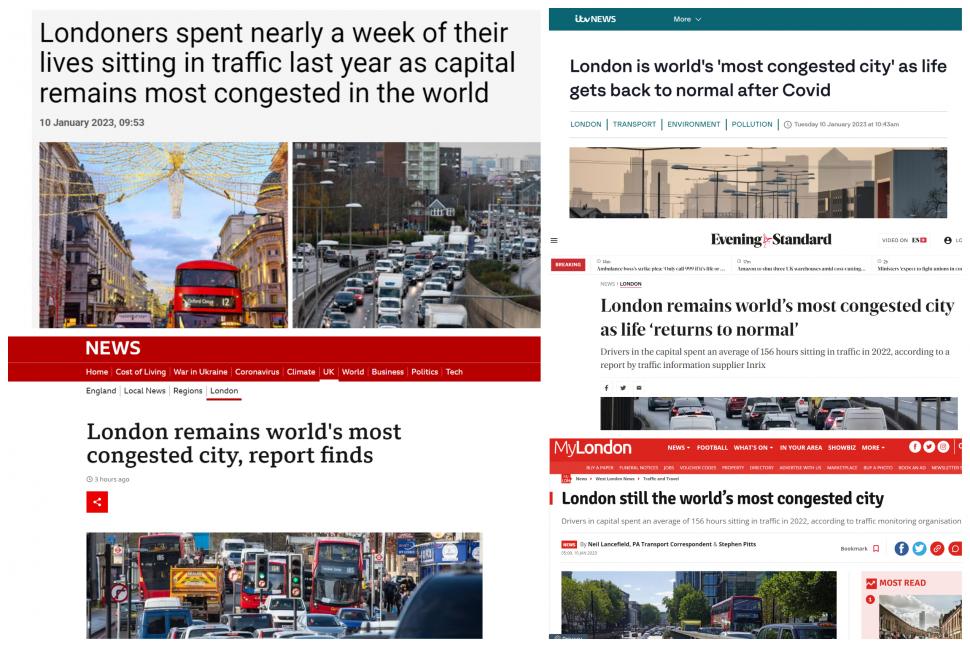
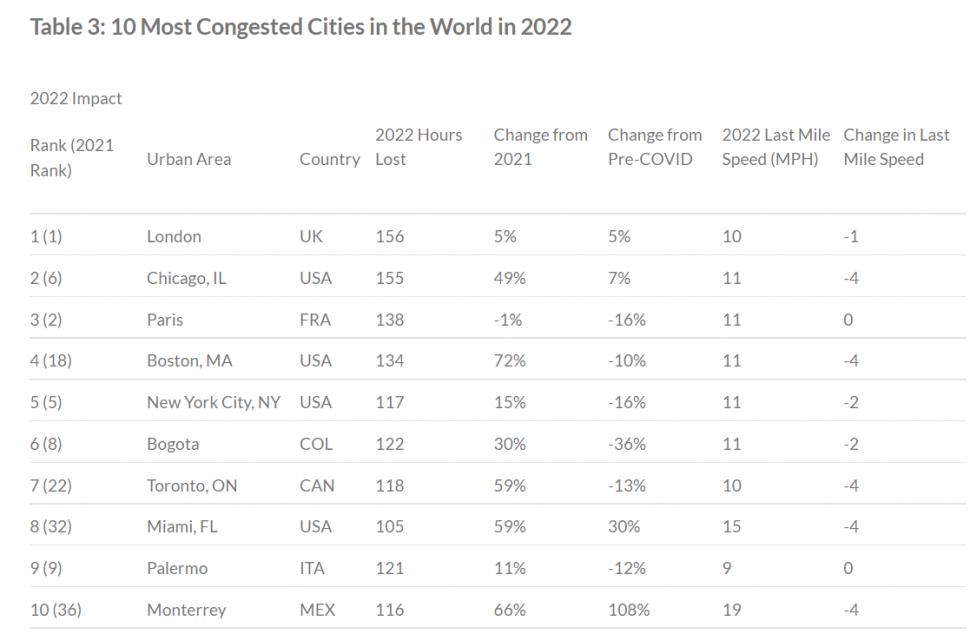
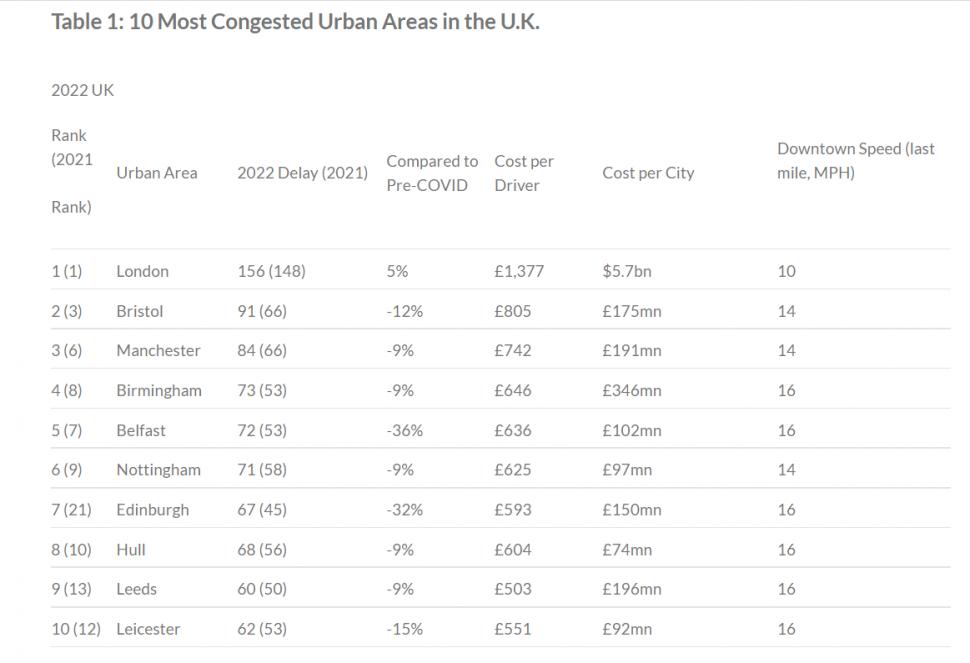
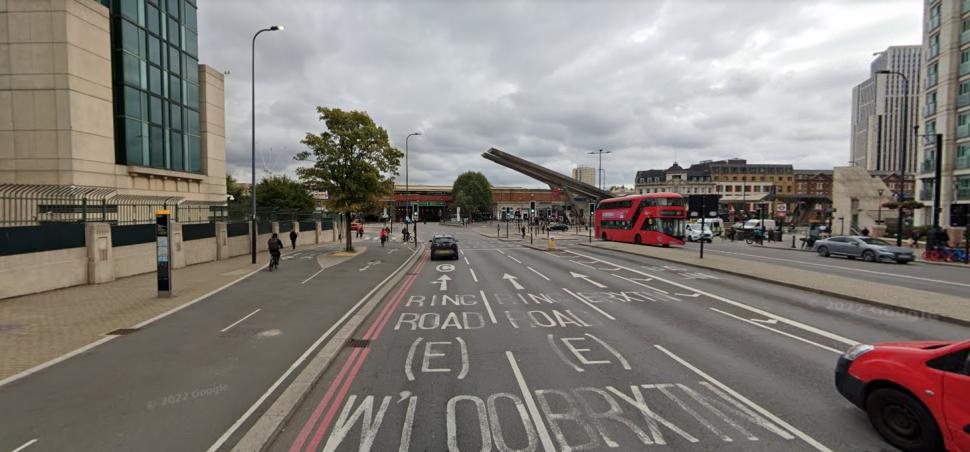
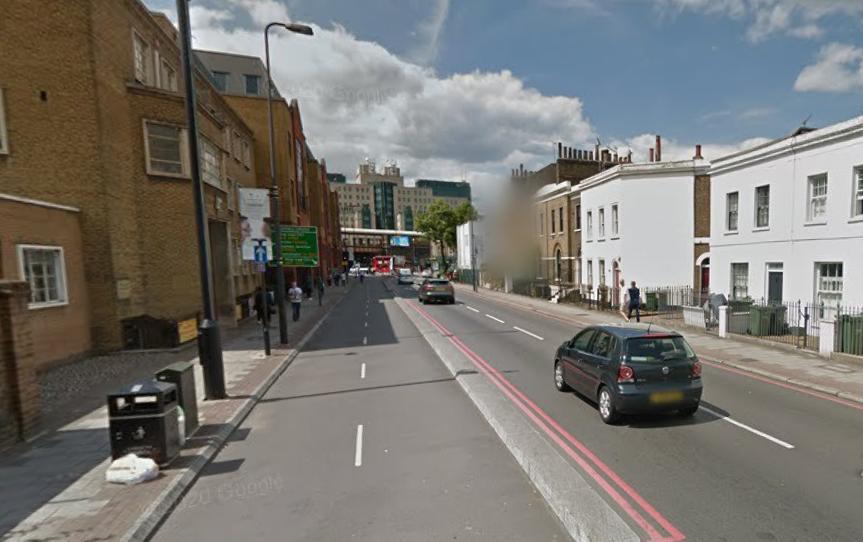
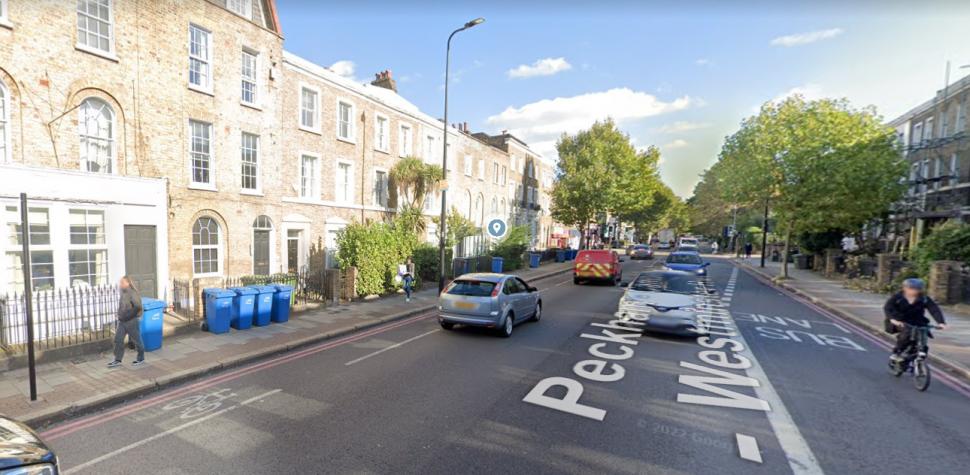

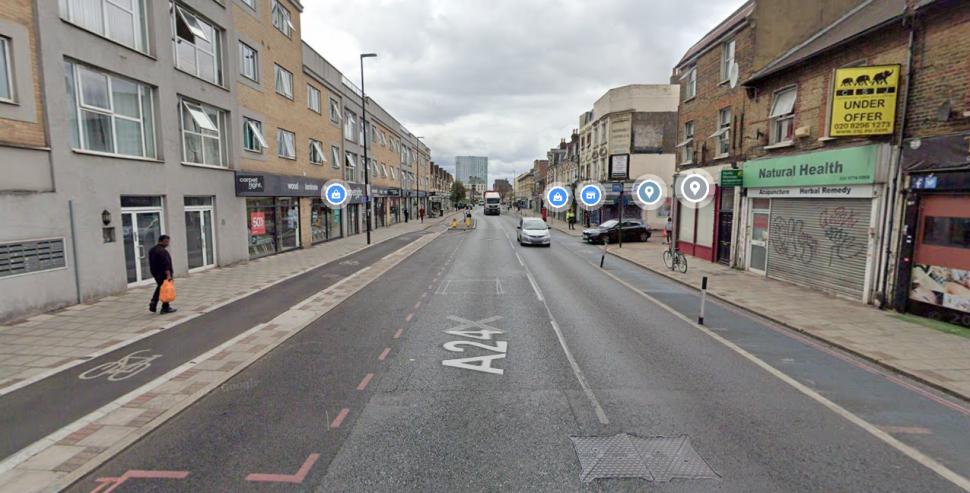
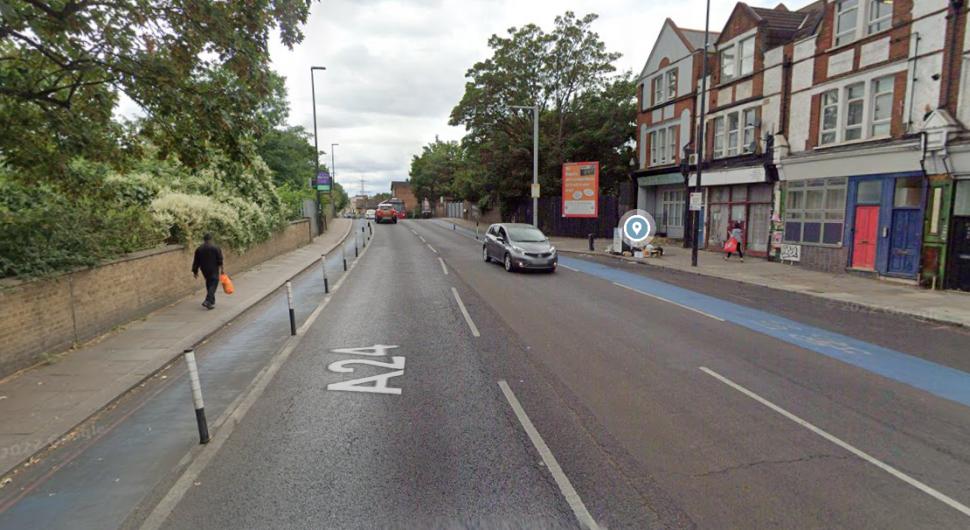
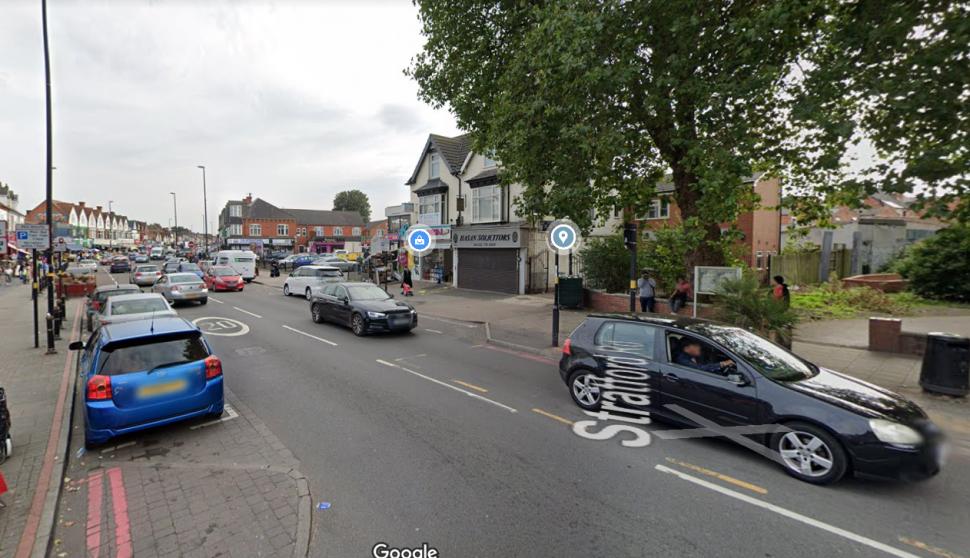
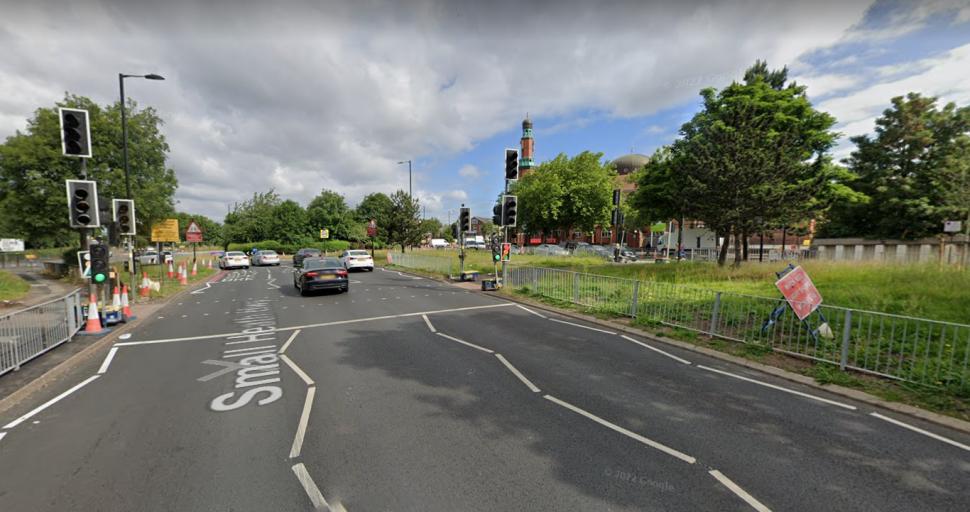

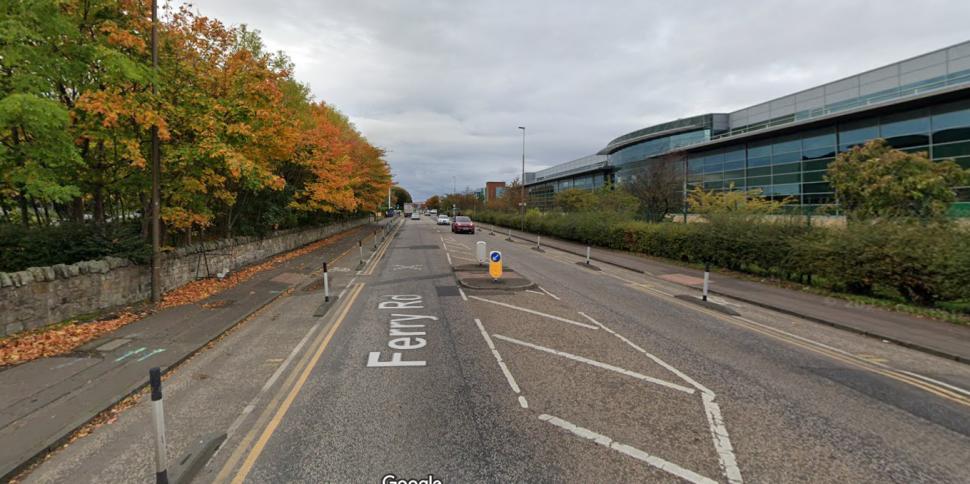
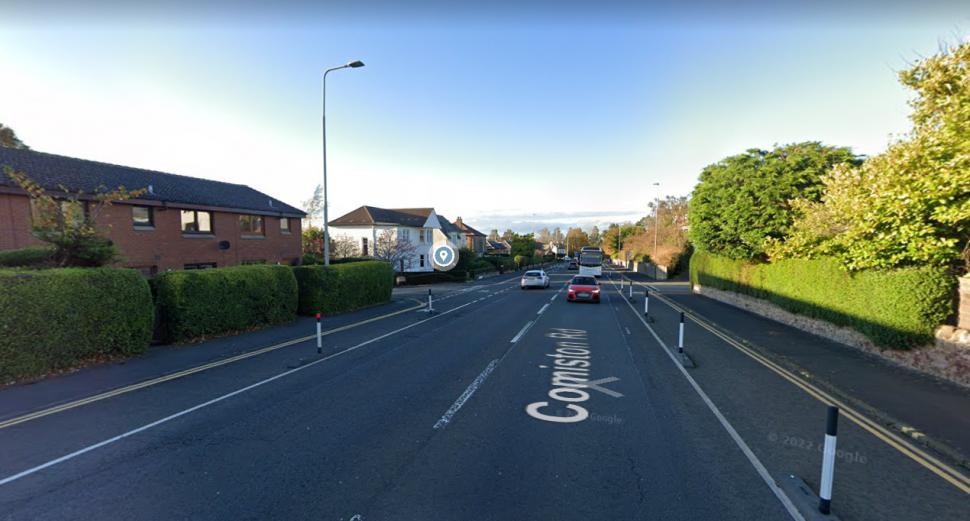















0 Response to "Analysis of UK's most congested roads suggests cycle lanes don't cause traffic jams - road.cc"
Post a Comment